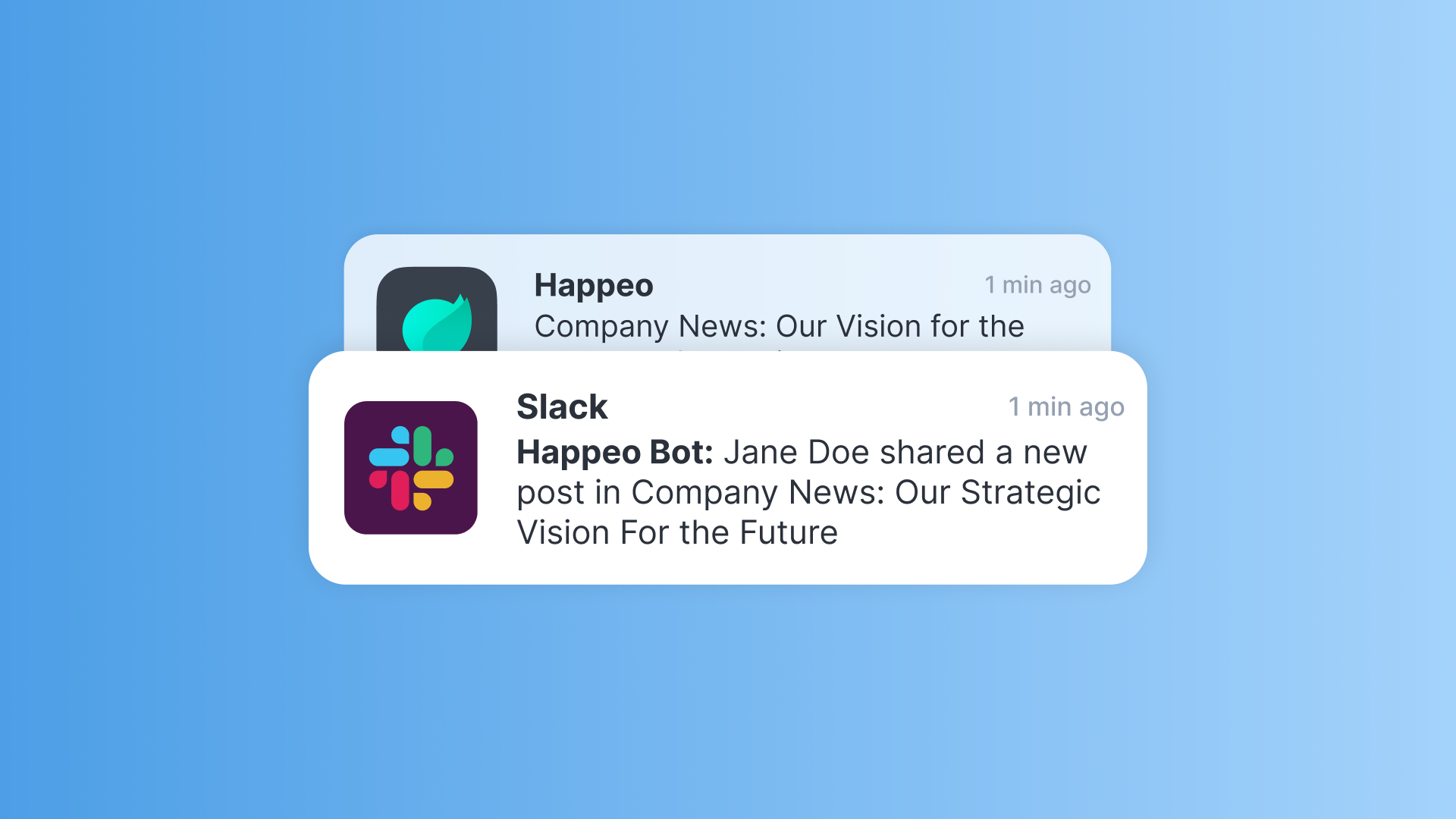
Comparisons Productivity
6 reasons why companies need an intranet to work remotely

6 mins read
Start building your digital home with Happeo
Request a demoComparisons Productivity
Product
Features
Solutions
Happeo for
Use cases
Resources
Explore
Support
Happeo For
Use cases
Comparisons
Explore
Support
Recent

Madina Baikulova
6 mins read
Between 2005 to 2017, the U.S saw a 159% increase in remote work – the evolution of technologies, mobile devices, and ultra-fast internet connection made that possible. Tools like cloud-based storage solutions allowed individuals to collaborate with colleagues instantly from anywhere in the world.
As remote jobs continue to grow, experts indicate the many benefits to employers and workers alike. Next to increased productivity and a flexible schedule, remote employees enjoy a better work-life balance compared with those who sit in an office full-time. Managing a remote workforce comes with its own set of challenges, and connecting employees across different time zones can be only one of them. Leaders should consider adopting remote work software to help streamline processes and keep teams efficient.
Watch video
We all know the pitfalls of working in a silo. It happens when each person on a team works independently without collaborating or sharing important files. This mentality quickly leads to misunderstandings and miscommunication. An intranet is a portal that contains everything employees need to stay connected. It acts as a central hub for all company communications and data sharing.
A successful intranet design for remote teams offers a broad range of features and functionalities. Social intranets can be accessed by employees from any device or any location. This makes them convenient for individuals who work in different time zones. Having a dedicated home base also ensures that people know where to access the latest and most accurate version of the information they need to complete projects.
No matter the industry or office setting, employees need to be able to communicate efficiently. Even though most organizations use email platforms, email can only go so far. Intranets for remote workers allows people to communicate in real-time or face to face through instant messaging and video chats. This means groups can solve problems and brainstorm solutions from one simple program. No more lost communications in an email thread.
Intranets are also a great remote work tool to foster a healthy company culture. Senior executives and management could use the platform to share the company vision and objectives, promote new ideas, and share topics of interest. Human resource professionals could post policy updates and new initiatives to keep remote employees engaged. As a result of better internal communications, employees will feel more connected to their place of work and hence have a better employee experience.
Despite the growth of the digital workplace, many businesses still use paper and manual processes to manage tasks. Remote intranet software addresses these challenges by streamlining certain processes to increase employee productivity. Organizations that embrace automation are known to save time and cut down on human errors.
Relying on paper forms, for example, is a big time-waster. Employees must find the latest version of a document, fill it out, scan it, then email it to the appropriate manager. On an intranet platform for remote teams, all files can be completed and sent online. The manager is then notified through email and will be reminded to act in a timely manner.
It’s no secret that some businesses struggle with organization. Employees often store files in hard-to-remember places such as email threads or USB flash drives. Instead of wasting time looking for the right document or form, an intranet for remote employees tool makes it easy to store everything in one central location. Most intranet come with search capabilities so people can locate the right information quickly.
Data stored in an intranet for remote employees can take many forms, such as onboarding documents and company polls. Human Resources can use the intranet to keep employee benefits and legal policies, while marketing can upload the latest brand guidelines. One of the most significant benefits of having a content management system is that teams no longer have outdated or incomplete information. Everything can be arranged in a way that makes flexible working easy.
Every company has confidential files or information that needs to be kept private. There are all kinds of internal and external threats that could compromise this data. Security breaches, weak passwords, and unauthorized access could put everyone at risk. A company intranet is a closed, private network that protects businesses from unauthorized users. With a tool like this employees and team members working from home are able to keep their projects secure.
While intranets for remote workers does contain information that is useful to all employees, not everything is necessary or relevant to everyone. Some organizations want to restrict access to sensitive data such as personal contact information. Remote companies can create custom privacy settings so only specific people can view or edit certain files. This adds an extra layer of protection against anyone who may hack into your system.
Download list
Outside of the traditional office environment, remote workers can miss out on company culture and face to face communications. To keep employees connected, organizations can implement mobile features to their social intranet. A mobile intranet app keeps employee engagement high by allowing people to access what they need no matter where they are. Users can respond to messages from colleagues or keep tabs on a project easily.
Managers may use their mobile app to keep in touch with remote teams or provide excellent customer service. When clients have certain questions or concerns, employees can simply open their mobile app to respond to messages. This is great for improving brand loyalty and company reputation. Best of all, the intranet design allows individuals who are working remotely to shut off notifications during non-work hours.
One of the real benefits of using an intranet for remote teams is the ability to integrate with tools such as Microsoft 365 and Google Workspace (formerly G Suite) to make project management even more productive. Tools like Google Calendar also act as time management software since people can schedule meetings and video chats when it is convenient for them. Google Calendar also allows users to set aside time to work on projects and tasks.
Book demo
Whether full-time or part-time, work from home jobs have become a normal part of our working culture. Happeo is a social intranet platform and a remote work tool that enables organizations to bring remote employees and resources together and solve common challenges and create a strong company culture. Whether you need a more efficient way to onboard remote employees or a central place to share information, our staff has a solution to meet your needs. Contact us to learn about our intranet for remote teams solutions and get to know our tool - by requesting a free demo or downloading our free comparison guide.
